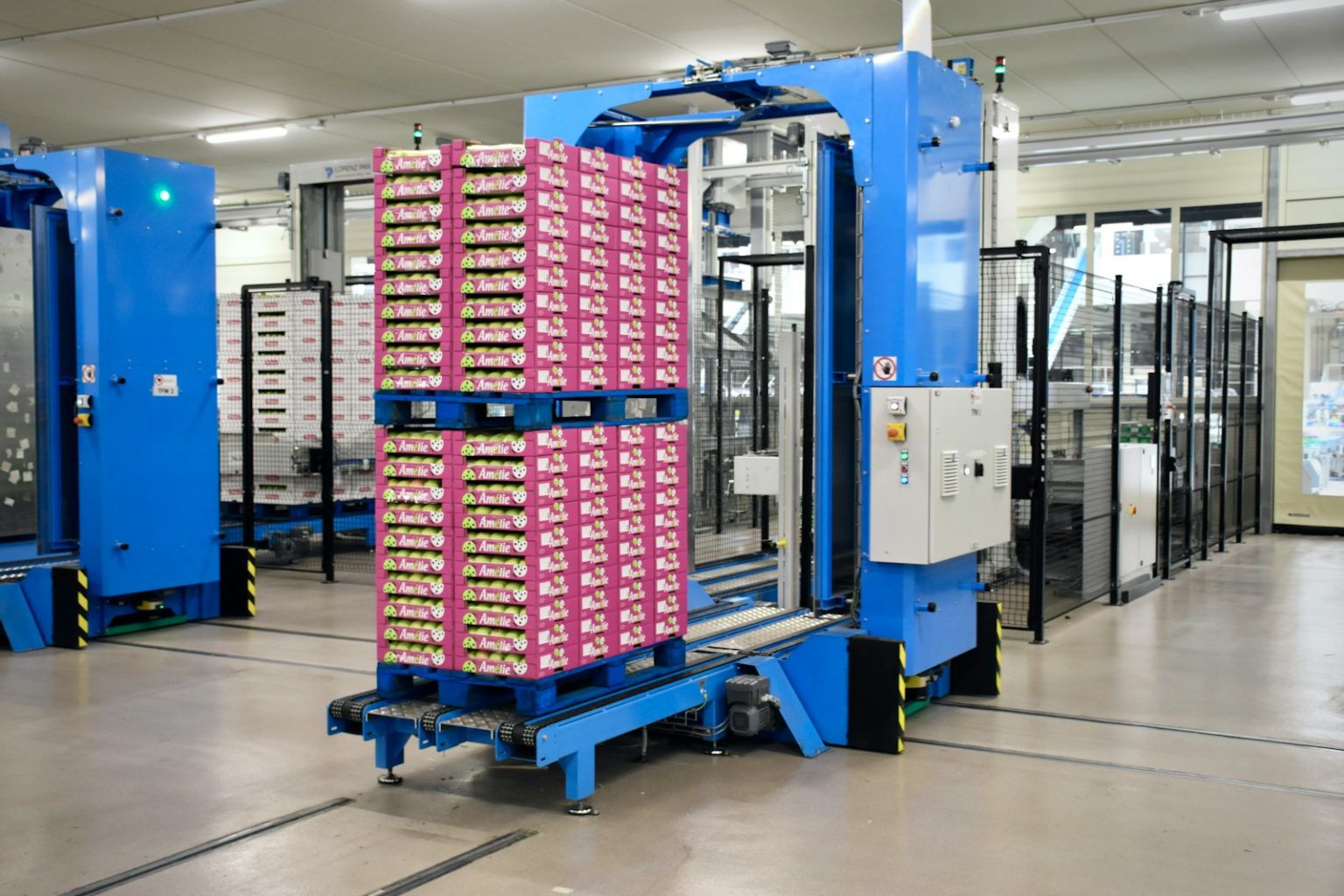As globalization continues to expand and the demand for faster, more efficient delivery systems increases, logistics and supply chain management have become focal points for innovation. A significant wave of transformation has been observed with the advent of automation technologies. These technologies not only streamline processes but also significantly reduce human error and operational costs. This article delves into the current state and future potential of automation in logistics and supply chains.
Automation Technologies in Logistics
Automation in logistics incorporates various technologies aimed at enhancing efficiency in different parts of the supply chain. Key technologies include:
- Robotics: Automated guided vehicles (AGVs) and autonomous mobile robots (AMRs) for material handling in warehouses and distribution centers.
- Artificial Intelligence (AI): AI-powered algorithms for route optimization, demand forecasting, and warehouse management.
- Internet of Things (IoT): Sensors and connected devices for real-time tracking of goods and inventory management.
- Blockchain: For secure and transparent transactions, especially in verifying the authenticity of goods and ensuring regulatory compliance.
The Role of Robotics
Robotic systems are significantly enhancing warehouse operations. Automated guided vehicles (AGVs) are commonly used for moving inventory in large distribution centers. These robots are programmed to navigate the warehouse autonomously, picking and transporting goods without human intervention.
Autonomous mobile robots (AMRs) go a step further. Equipped with advanced sensors and AI, they can dynamically adapt to changes in the environment. For instance, if a particular route is blocked, an AMR will find an alternative path to deliver its load. Such robots are not only improving efficiency but are also reducing workplace injuries by taking over physically demanding tasks.
Artificial Intelligence and Machine Learning
AI and Machine Learning are behind some of the most compelling advancements in logistics. By analyzing historical data, AI algorithms can accurately forecast demand, allowing companies to optimize their inventory levels. These forecasts help in reducing stockouts and overstock situations, leading to significant cost savings.
Route optimization is another area where AI has a profound impact. Traditional methods of planning delivery routes are often time-consuming and inefficient. AI-powered software can instantly analyze multiple variables—such as weather, traffic conditions, and delivery windows—to chart the most efficient routes. This not only saves time but also reduces fuel consumption and carbon emissions.
Internet of Things (IoT)
IoT technology connects various assets within the supply chain, providing real-time visibility into operations. Sensors placed on goods, vehicles, and infrastructure offer continuous data on the condition and location of items. This information is crucial for ensuring the integrity of perishable goods and for tracking high-value items.
Moreover, IoT-enabled systems can automatically trigger actions based on real-time data. For example, if a sensor detects a temperature anomaly in a refrigerated truck, the system can alert operators and suggest corrective actions to prevent spoilage.
Blockchain for Transparency and Security
Blockchain technology is emerging as a game-changer in ensuring transparency and security in supply chains. Every transaction, from production to delivery, is recorded in an immutable ledger accessible to authorized participants. This ensures all parties involved can verify the authenticity and movement of goods, reducing the risk of fraud and counterfeiting.
In addition, blockchain’s ability to provide a transparent and secure transaction trail is invaluable for regulatory compliance. Companies are expected to meet stringent regulations regarding product safety and ethical sourcing. Blockchain facilitates this by providing an indelible audit trail, simplifying the compliance process.
The Impact on Employment
A common concern regarding automation is its impact on employment. While robots and AI are indeed taking over certain tasks, it’s essential to note that they are also creating new opportunities. The need for skilled workers to maintain and program these automated systems is on the rise. Moreover, automation tends to handle repetitive and mundane tasks, allowing human workers to focus on more complex and value-added activities.
The Future Outlook
The future of logistics highly leans on further advancements in automation. Innovations like drone deliveries and autonomous vehicles are already in the testing phases and could soon become mainstream. These technologies promise to solve last-mile delivery challenges, reducing delivery times and operational costs.
The integration of 5G technology will also play a pivotal role, offering faster and more reliable connectivity for IoT devices, enhancing real-time visibility and control. Moreover, as AI and machine learning algorithms continue to evolve, their applications in predictive analytics and decision-making will become even more sophisticated, further optimizing supply chain operations.
While these technologies are primarily adopted by industry giants, it’s only a matter of time before they become accessible to small and medium-sized enterprises (SMEs). This democratization of technology will level the playing field, allowing smaller players to compete with larger corporations effectively.
The future of logistics is undoubtedly tied to the continuous evolution of automation. As these technologies advance, they promise to make supply chains more efficient, transparent, and responsive to market demands. Embracing these innovations will be crucial for businesses aiming to remain competitive in an increasingly fast-paced world.
Automation technologies are revolutionizing logistics and supply chains. Robotics, AI, IoT, and blockchain are driving efficiency, transparency, and security. These advancements reduce operational costs and human error, while also creating new employment opportunities and paving the way for future innovations like drone deliveries and 5G integration.




